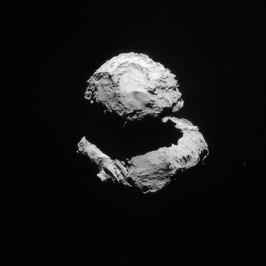- 4,550

- Vancouver, BC
A deeply pessimistic assessment of the future of manned missions beyond low Earth orbit:
http://spaceref.com/news/viewpr.html?pid=47821
It was always going to be an insanely ambitious program.
If they decide that manned missions to Mars are unfeasible, perhaps this will give added incentive to use probes to explore the outer planets and their moons some more. The last time we visited Neptune was in 1989. No one seems to care about Uranus much (belittled by toilet humour? Maybe they should rename it to Caelus, the Roman equivalent. That would give some more consistency to the planet names as well), although I read once that they could send the Cassini probe to Uranus from Saturn, a lengthy journey. They will be crashing it into Saturn instead however. Juno is on its way to see what exactly is in the core of Jupiter after all this time, but landing missions to Europa, Enceladus and Titan are still way off in the future when they really shouldn't be.
There is still so much we do not know about our solar system. It's a shame that space agencies do not receive more funding than they do.













 Presumably supermassive black holes vary wildly in density across their diameter and/or the quoted diameter is more theoretical than tangible.
Presumably supermassive black holes vary wildly in density across their diameter and/or the quoted diameter is more theoretical than tangible.